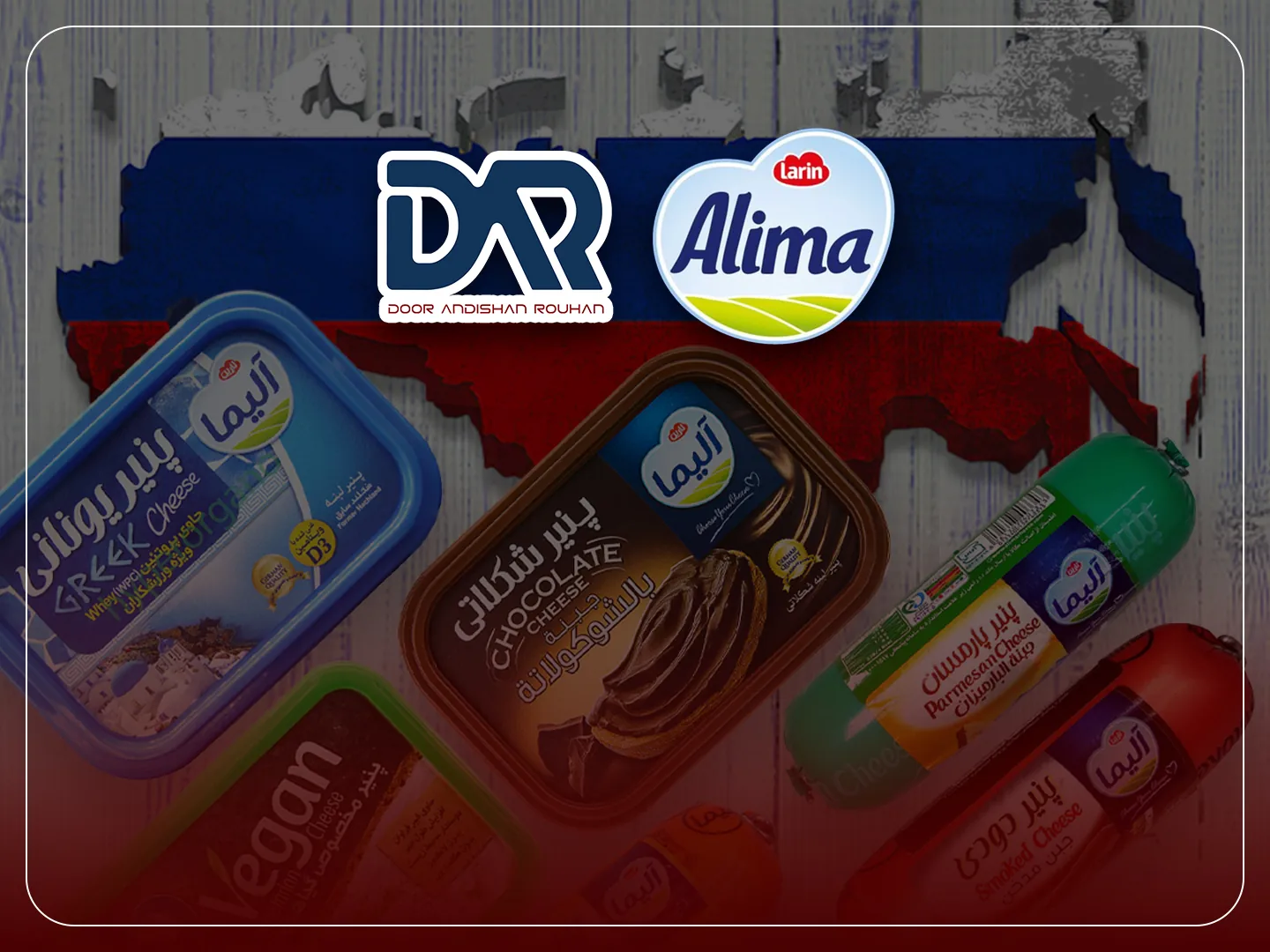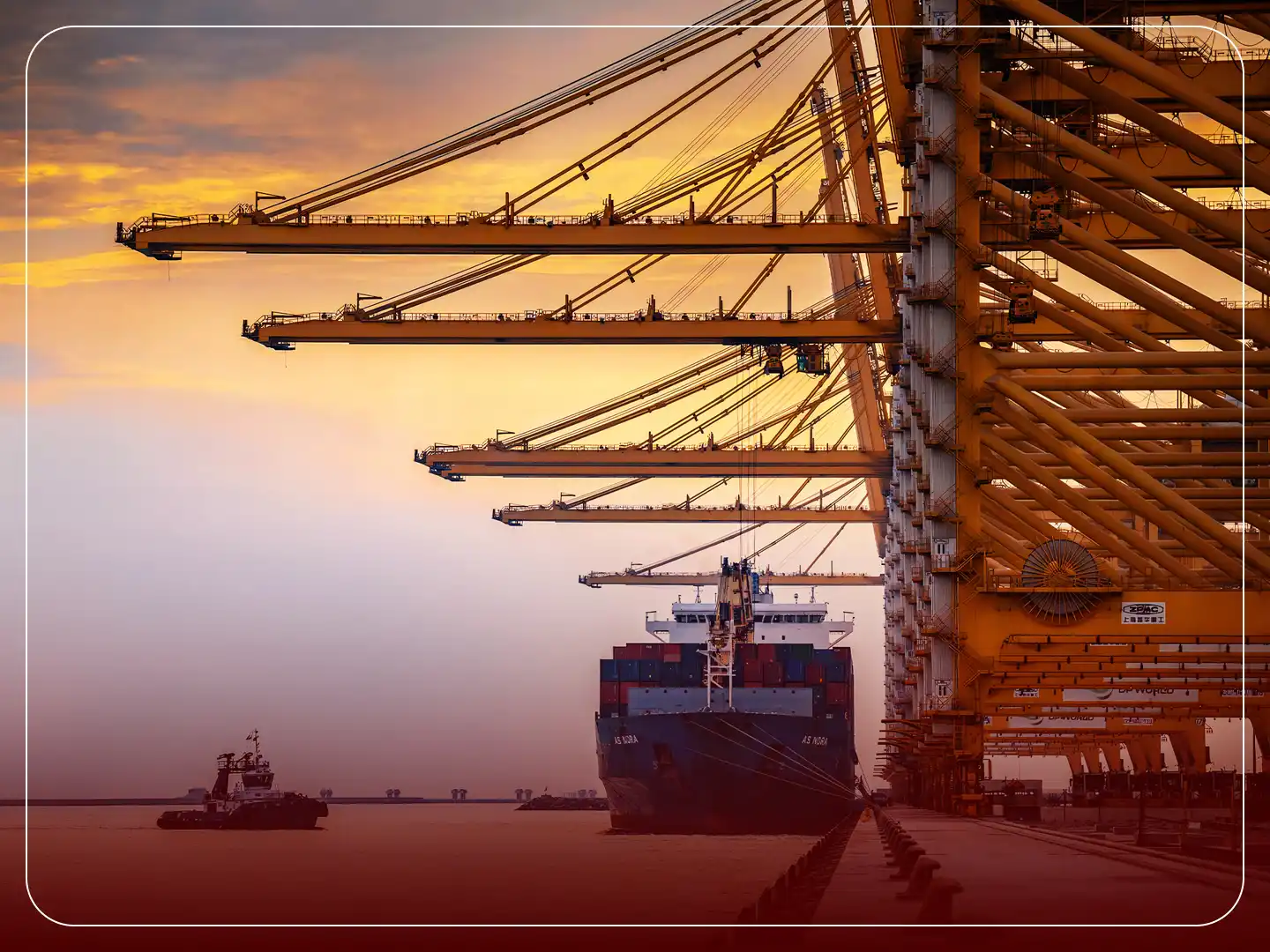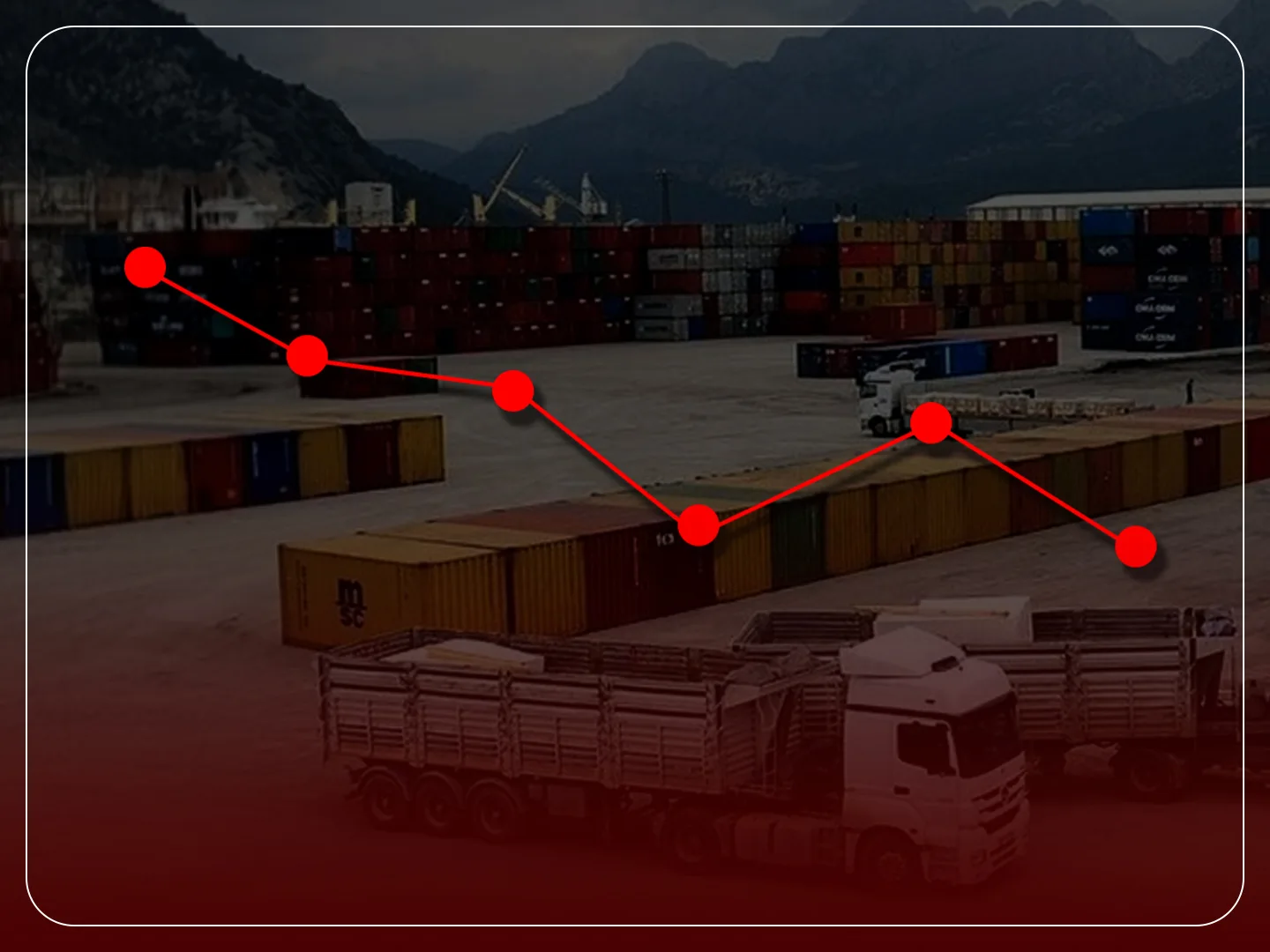Iran's Saffron Trade: Global Markets and Export Strategies
Iran grows more saffron than any other nation in the world, referred to as the "red gold". Saffron is found mainly in eastern Iran (South Khorasan province) and is a key element of Iranian agricultural exports. Because around 90% of saffron globally is produced in Iran, export of Iranian saffron is very significant to the economy. In the last couple of years, Iran has exported several hundred tons of saffron annually with a value of over $200 million. Despite such dominance, the global saffron market is small in size (under $1 billion annually) and highly competitive. Rising demand for natural healthy ingredients is driving the application of saffron in food, medicine, and cosmetics. In such a context, Iran's saffron industry faces gigantic opportunities and fierce competition.
This study reviews Iran's saffron production and export through the study of production figures and export rates, top markets, and trends in global demand for saffron. It also investigates Iran's strategies and requirements to increase the exportation of saffron. We base our analysis on official statistics and trade reports, combined with market surveys, to map the status quo of Iranian saffron in international markets. By connecting Iran's domestic strengths to global consumer preferences, the report identifies ways to enhance export strategies and quality. Our mission is to provide a close, data-driven analysis of Iranian saffron's position in global trade and how Iran's saffron trade presence can be made more robust around the world.
Overview of Iran's Saffron Industry
Iran's soil and climate provide perfect conditions to grow saffron, produced in more than 26 provinces. Torbat-e Heydarieh in South Khorasan province is referred to as the "saffron capital." The crop is high-value, labor-intensive, it takes about 150,000 flowers to produce one kilogram of dried threads.
Iran cultivates around 90% of the world's production of saffron every year, with annual production in recent years around 230–250 tons. Iranian crocuses are harvested from late October to early December. Saffron is a ubiquitous ingredient in Iranian domestic cuisine; elsewhere, it is graded to ISO 3632 standards quality and purity before export. Iran's government supports the industry through cooperatives and a Saffron Development Fund, allowing farmers to maintain quality and access overseas markets.
Also, recently, Iran and FAO signed a project, and the project targets the enhancement of a transparent and reliable saffron supply chain.
Production and Export Statistics
Production and export volumes have fluctuated but are substantial. For example:
| Year (Iranian Calendar) | Production (tons) | Exports (tons) | Export Value (USD million) |
| 1402 (2023–24) | 238 | 21.0 | ~200 |
| 1403 (2024–25) | ~240 | 214.3 | 184.7 |
In 1403, average export price was some $860/kg, down from over $3,000/kg a decade ago. Price falls are partly responsible for bulk selling at low farm-gate prices and middlemen re-exports. Even so, Iran's saffron finds its way into over 50 countries each year.
Key Export Destinations
Some countries control Iranian saffron exports:
| Country | 2024–25 Export Value (USD million) |
| UAE | 50.0 |
| Spain | 40.0 |
| China | 30.0 |
The UAE is a re-export hub as well as a consumer market. Spain re-exports and mixes saffron, sometimes under a local brand. China's market is growing rapidly due to premium and medicinal demand. Afghanistan, Italy, Qatar, and Kuwait serve as other points of export.
Market Dynamics and Consumer Preferences
The global saffron market is fairly niche but rewarding. World exports of saffron were around $253 million in 2024 and are anticipated to evolve at a CAGR of ~6–7%. The expansion is driven by increasing global demand, especially in the Middle East and Asia. Saffron is considered a food spice (integrated in dishes like paella, biryani, risotto), a food color, and a medicinal herb. European, North American, Indian, and Gulf consumers increasingly value saffron as a high-end, healthy ingredient. Increased demand for natural, organic foods, combined with perceived antioxidant and medical benefits of saffron, have driven demand. Even for wellness and health trends, saffron is showing up in supplements and cosmetics (e.g. saffron teas, skincare).
Geographically, the African and Middle Eastern countries share the largest proportion of saffron use (~52% in 2024), a sign of cultural heritage. The Asia-Pacific region is, however, the most rapidly growing market: countries like India, China, Japan, and South Korea import greater amounts of saffron, drawn by their uses in traditional medicine and high-grade cuisine. Europe and North America remain important for high-value export: Western consumers pay a premium for certified, high-grade Iranian saffron.
Global Demand Trends
The top saffron-importing countries in 2024 were:
| Country | Import Value (USD million) |
| Spain | 56.3 |
| India | 38.2 |
| Italy | 19.5 |
| Saudi Arabia | 19.3 |
| United States | 18.2 |
Five countries represented over 60% of world saffron imports. This concentration means that selling to some high-value markets will lead to high export development for Iran.
Health trends create demand — saffron's antioxidant, mood-boosting, and anti-inflammatory properties are increasingly highly promoted in supplements, tea, and skincare. Organic, Halal, and ISO certifications may be required for these markets.
Polaris market research predicts that the demands of saffron-importing will increase by 2030.
Adapting to Market Needs
Iranian exporters are meeting demand by:
•Packaging into smaller retail packs (1–30g) with robust, attractive packaging.
•Developing value-added products like saffron tea blends, extracts, and syrups.
•Penetrating e-commerce and direct-consumer channels.
•Acquisition of certifications (ISO 3632, organic, Halal) in order to meet importer requirements.
•Exhibitions and B2B online forums.
Export Strategies and Quality Standards for Exporting from Iran
“Export development is at the top of government priorities and policies in almost all developing countries. Furthermore, there is an ever-increasing awareness and attention to the importance of exports in developed countries. ” says this article.
Successful saffron export requires quality and good marketing. Iran has several policies and programs aimed at supporting exporters and ensuring standards. A Saffron Export Task Force (led by the Trade Promotion Organization) was formed to coordinate the efforts of government and the industry. The members include agriculture administrators, the standards institute, cooperatives, exporters' associations, and banks. Its aim is to streamline export processes and utilize incentives (such as price subsidy or credit guarantee) to help farmers and traders.
Iran's customs and trade authorities also emphasize adherence to international standards. All exported saffron is sorted according to ISO 3632 (odor, flavor, color thresholds) to categorize it as grade 1 (superior), grade 2, etc. Only higher-quality saffron (deep red stigmas, no yellow styles) fetches the highest prices abroad. Moisture and contaminants are regularly checked by exporters, and national or EU certificates obtained as needed. A number of producers have initiated organic cultivation of saffron (no application of chemical fertilizers) to qualify for Western markets that reward organic spices at a higher price. Halal certification is also a symbol applied to Middle Eastern buyers. This focus on such quality measures allows Iranian saffron to compete with high-end niches.
Enhancing Product Quality
Quality improvement begins on the farm through improved cultivation, irrigation, and pest control. Once harvested, saffron must be dried, packaged, and stored under strict hygiene conditions. Sophisticated drying equipment, vacuum packaging, and dark bottles preserve freshness.
Batch tracing and authenticity certification — made possible by FAO-supported projects — boost consumer confidence. Origin branding (e.g., "Qaenat Saffron") can further differentiate Iranian saffron in world market demand.
Expanding Market Reach
Expansion plans comprise:
•Targeting new regional markets in East Asia, Southeast Asia, and Latin America.
•Intensifying regional partnerships (e.g., with Afghanistan for co-branding).
•Reducing regional trade barriers by easing export taxes and banking restrictions.
•Strengthening national branding on international exhibition platforms like Gulfood.
•Multilingual websites and internet marketing to reach international buyers.
Capturing more of the value chain of saffron — by exporting branded, ready-for-retail products rather than bulk — is the key to driving export earnings higher.
Conclusion
Iran's saffron trade remains at the center of the global market for this precious spice. The producer of nearly nine-tenths of the globe's saffron, Iran faces the dual challenge of meeting increasing global demand while enhancing its export approach. Recent figures show Iranian exports (over 200 million USD annually) are concentrated in a small number of markets – the UAE, Spain, and China – yet under-exploited in Asia, Africa, and the Americas. Global consumers are increasingly seeking more natural, high-quality saffron, to which Iran is ideally placed. To maximally leverage this, Iran must continue to improve saffron quality (through strict standards, better packaging, and innovation) and increase market penetration (with trade initiatives and branding).
Global saffron business will keep growing at a rate of around 6–7% a year. As long as Iran retains its lead in production and captures a larger share of retail channels, its saffron exports are going to be even more lucrative. Such efforts as the FAO-assisted authenticity project, a national task force for saffron exportation, and official incentives are steps in that direction. For Iranian farmers and exporters, aligning themselves according to international market trends – from organic certification to convenient retail packaging – will be vital. By the integration of its old saffron tradition with current export strategies and top-quality standards, Iran can strengthen its position as the world's leading supplier of saffron, which will lead to higher incomes locally as well as nationally through trade.
For more information and guidance you can call us or visit darholding.co





